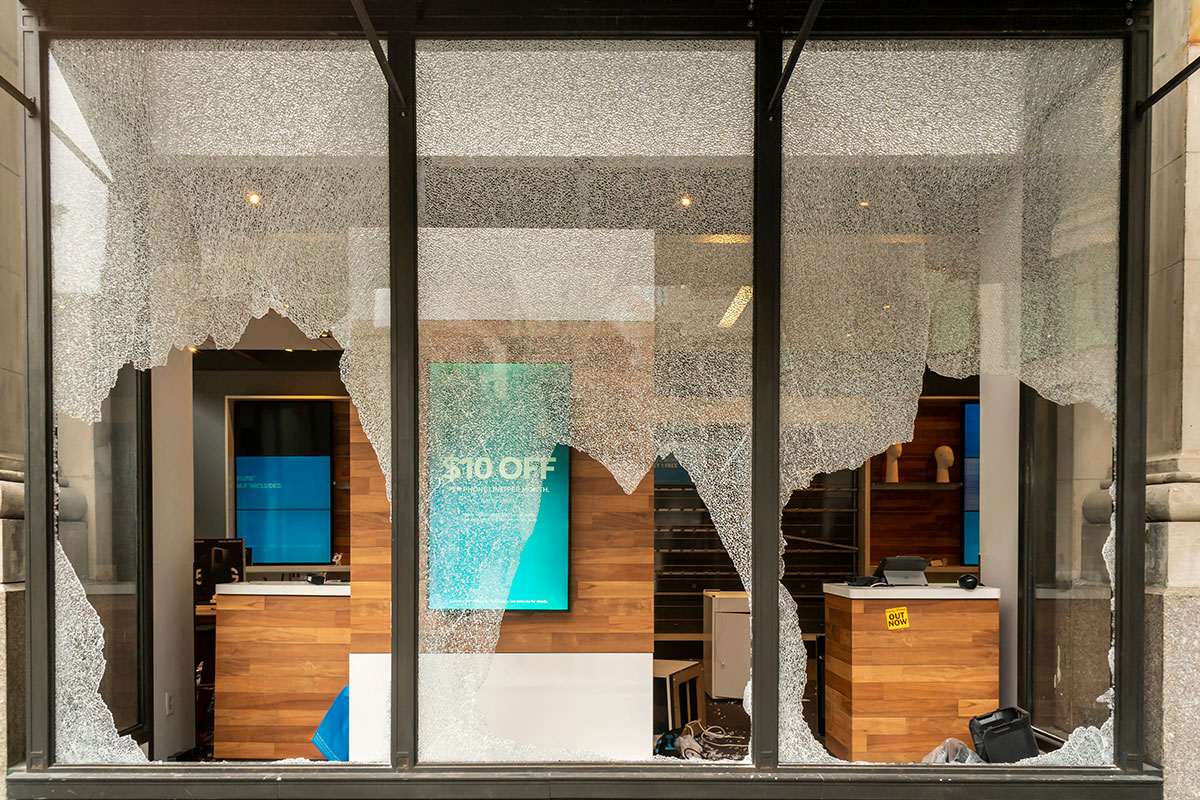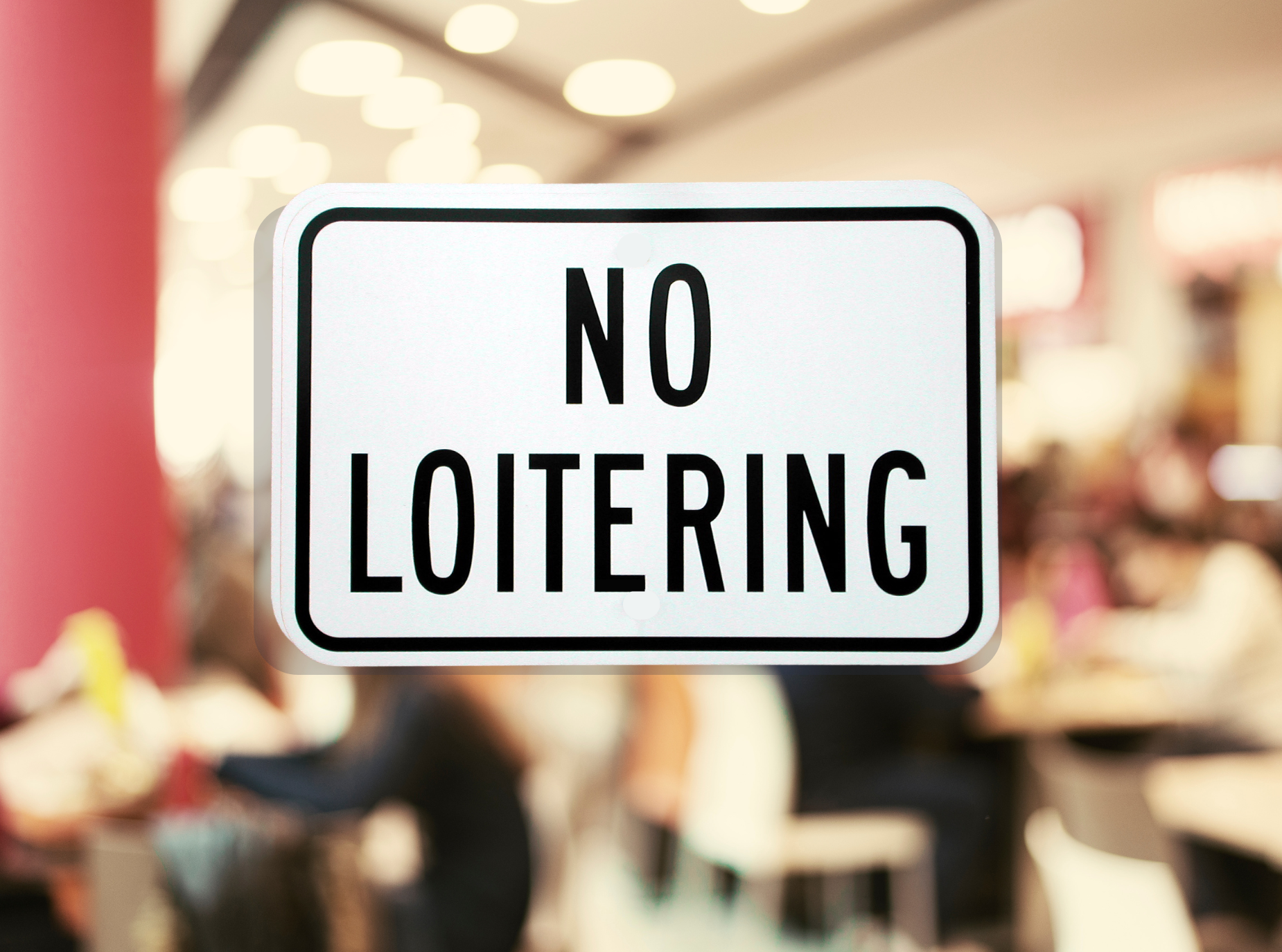What is Retail Video Analytics?
Retail video analytics can uncover hidden opportunities to improve all aspects of store operations such as:
- Customer behavior and store design
- Merchandising
- Marketing campaign performance
- Customer service
- Security or loss prevention
- Compliance, health, and safety
Why video analytics is a game-changer for retail chains?
Retail chains are facing major challenges in maintaining operating margins as consumer preferences have changed dramatically and there is a heightened awareness about health and safety.
The economic impact of the pandemic and the ever-present threat of lockdowns has forced retail chains to look for solutions that can help them rapidly identify changes in consumer behavior, spot operational gaps in real-time, and fuse data from multiple data sources to take decisions proactively. Retail video analytics offers all of these capabilities and more.
There are two primary reasons retail chains should consider implementing an intelligent video analytics solution.
1. Graduate from descriptive analytics to predictive analytics
Analyzing historical retail performance and operations data from data sources such as inventory management systems, Point of Sale (POS) systems, people counting devices are the foundation of what Gartner calls “descriptive analytics”.
Descriptive analytics is all about understanding what happened in the past. However, relying only on descriptive analytics may not be enough especially in a world where brand loyalty is fast eroding and customers have very little tolerance for:
- Out-of-stocks, pricing inconsistencies, and “store friction”
- Inability to offer the convenience of Buy Online, Pick-Up in Store (BOPIS)
- Inaccurate fulfillment and gaps in customer service
With video analytics, retail chains can graduate to predictive analytics to get answers for questions such as:
- What should be the ideal staff size for a store on a Saturday evening between 5 pm to 8 pm?
- Which display unit generates more sales for a product at a location and how does it vary across locations?
- What product should a store stock more than usual on a sunny day at a specific location?
2. Go beyond loss prevention to gain a competitive advantage
Retail chains are now forced to invest a lot of money in new and untested technologies to keep pace with the rapid changes in consumer preferences.
Investments in new fulfillment centers, customer delivery and returns management solutions, to name a few, are eroding margins and forcing retail chains to justify the investments or keep a close tab on ROI.
The first wave of video analytics solutions focused on delivering smart or intelligent video data interpretation solutions for a proactive approach to loss prevention and security such as:
- Locating suspects in a crowd of shoppers
- Tracking the movement of specific items or high-value inventory
- Validating employees via facial recognition to allow access to secure areas
How does retail video analytics work?
Here is an overview of the top 6 applications of retail video analytics that will allow retail chains to tackle some of the biggest operational challenges facing them.
1. Use customer behavior visualization to optimize store design
Retail chains with a successful e-commerce presence use a variety of software applications to visualize online site traffic to track average time spent on a page, bounce rates, exit rates, shopping cart abandonment, and conversions. Visualizing online site visitor heatmaps, A/B testing of page content, call to action, and other digital marketing techniques are widely used by most e-commerce sites.
Retail video analytics brings the same set of techniques that e-commerce sites use to the physical store.
A store equipped with a 360° ceiling-mounted camera, with a clear line of sight to every corner of the store, can generate valuable data to answer questions such as:
- How far do customers go into the store?
- How many customers directly go to the register or the service kiosk?
- How many customers go to a specific product section or aisle where there are products related to a marketing campaign?
- What are the dwell times at various spots within the store?
- Which are the location and product display hotspots that draw customer attention?
- What are the “dark” areas of the store that customers choose to ignore?
- How many people stood in front of a particular product?
A combination of video data and visual maps can then be merged into another set of variables such as product SKUs, sales, store geo-location, date and time of the day, in-store marketing campaigns or promotions, lighting, signage, temperature, access to product, product placement and display types, store layout changes or design updates to yield insights on customer behavior inside the store and how store design and other variables play a role in driving sales or any desired customer behavior.

Video analytics can be used by retail store designers to:
- Test and create new floor plans that improve customer experience and maximize sales
- Utilize key spaces with the store and minimize dead spaces
- Understand how design changes can impact sales and dwell time in adjacent spaces
- Decide on product placement by category that helps the customer find what they want quickly
- Diagnose issues in lighting, temperature, and signage that might result in poor conversion
2. Speed of customer service
Delivering fast customer service and efficient queue management at checkout is a major challenge for retail chains. Firstly, the high volume of customers during peak hours or seasons can lead to long queues and delays. Secondly, limited checkout counters can exacerbate the problem. Opening additional counters is not always feasible due to space constraints or budget limitations.
Other challenges include staffing issues, where insufficient or untrained staff can hinder customer service. Complex product or service inquiries can also slow down the process if staff members lack the necessary knowledge or experience. Additionally, an inefficient store layout can contribute to longer waiting times and confusion among customers. Technological issues, such as outdated systems or glitches, further impede service speed.
With video analytics, retail operations teams can monitor queues at the checkout counters to gain real-time insights into queue length, waiting times, and service efficiency. This information helps retailers optimize staffing levels, open additional checkout counters when needed, promote self-service or app-based payment, optimize product mix at the store, and train employees to serve customers faster.
Video analytics can offer insights into some of the critical questions that determine the speed of customer service:
- How long do customers typically wait in queues before being served?
- What are the peak hours or periods when queues are longest?
- Are there specific areas or checkout counters where queues tend to form more frequently?
- How many staff members are needed during different times of the day to ensure efficient service?
- Are there any bottlenecks or areas in the store layout that slow down the customer service process?
- What is the average time it takes for a customer to complete a transaction at a specific checkout counter?
- Are there any patterns or trends in wait times based on factors such as day of the week or product category?
- How do different staff members or shifts compare in terms of speed and efficiency?
- Are there any particular service areas where customers experience longer wait times or delays?
- Are there any instances of abandoned queues or customers leaving due to excessive wait times?
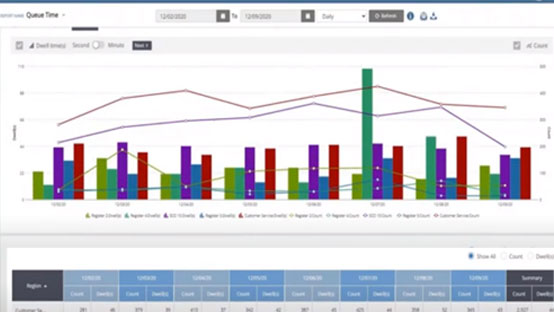
Using video analytics retail chains can deep dive into customer service points of friction at every store by time of day, day of the week, and season. Issues with technology (POS screen loading times), training deficiencies, and poor design at checkout can easily surface via drill-down reports.
Retail chains can improve the speed of service at the checkout and in the curbside area using video analytics. Some of the benefits include:
- Redesign checkout experience to address points of friction
- Align your merchandising and promotional strategy to eliminate purchase complexity
- Deliver employee/cashier training to address minimize billing errors and improve customer communication
- Optimize shift management to align closely with variations in customer footfalls
In summary, the ability to serve customers faster improves by gaining insights from video analytics can help retail chains improve customer experience and maximize sales.
3. Improve in-store merchandising to drive sales
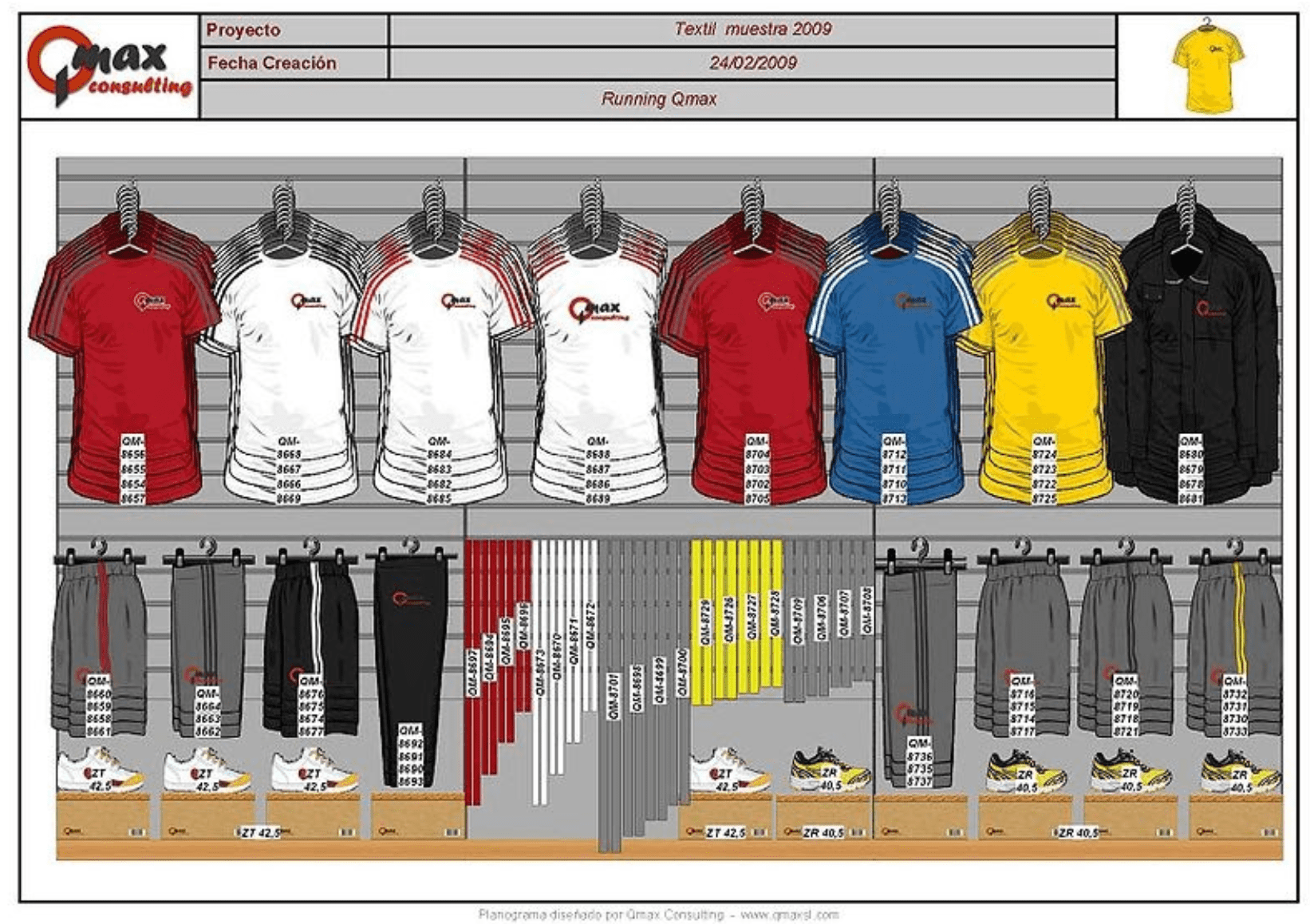
With retail video analytics, merchandising teams can conclusively evaluate the effectiveness of merchandising strategies and rapidly change tactical implementation at the store-level. Video analytics can shed light on a wide range of valuable insights such as:
- How are seasonal sets or floor plan changes impacting customer experience and sales/shopper?
- What can be learned about the floor planning process that can be leveraged in future seasons?
- How are consumers interacting with the product at an end cap or shelf?
- What’s a product display performance in terms of its ability to draw people, sell products, and maximize space usage?
- How effective is the new window signage or window display design?
- What is the extent of planogram compliance across all the stores?
- How are consumers engaging with ads or in-store displays within the store
Retailers can rapidly test the effectiveness of merchandising decisions at a small scale, roll it out across stores, and visually validate compliance.

Retail chains can boost the productivity of merchandising teams using video analytics. Some of the benefits include:
- Align your merchandising strategy closely with customer preferences through video-verified data insights
- A/B test every fixture and display type to determine the best option
- Get instant alerts when shelves are out of stock with visual validation
- Change display tactics in real-time based on date, time, season, or any other event
- Do away with manual verification of display guidelines
- Get space vs sales data for every display type within the store or across locations
In summary, the ability to keep a tab on how your products are displayed, stocked, and sold using video analytics can help retail chains keep costs under control and maximize sales.
4. Measure online & in-store marketing campaign performance
Rapidly changing consumer behavior and preferences are leading retail chains to overhaul their online marketing campaigns and In-store marketing tactics.
As footfalls nose-dived during the COVID-19 pandemic and retailers retooled to pivot to keep pace with the emergence of e-commerce or BOPIS models, marketing teams in retail chains have discovered that well-established planning practices that are based on historical consumer preferences and sales data have lost their value.
According to Gartner, nearly 30% of marketing leaders believe lack of agility and flexibility negatively impacted marketing execution during the COVID-19 pandemic. The Gartner survey also concluded that marketers are under immense pressure to deliver insights faster than ever before.
Retail video analytics not only gives an accurate, real-time view of how consumer preferences are changing but also offers marketing teams the capability to execute marketing programs with a high degree of confidence even when the world around is changing rapidly.
Specifically, marketing teams can leverage video analytics to answer critical questions such as:
- How many people are walking by and not entering the store?
- Did the online marketing campaign drive incremental traffic and how did the store perform?
- How can new traffic patterns be used as an effective marketing tool?
- As traffic flows are there unanticipated changes in adjacent zones?
- What stores in certain geographies are outperforming stores in other regions?
- Why did the upsell or cross-sell campaign fail?
- Did all the stores comply with the display guidelines specified by the brand?
- Did the in-store event or sample distribution succeed in generating interest and how much of the sales can be attributed to the in-store event?
With retail video analytics, marketing teams can:
- Gather data about the performance of in-store displays for planning and post-rollout analysis
- Analyze customer dwell times and hotspots on specific shelves/display units connected to the marketing campaign
- A/B test displays, audio announcements, lighting, and ‘experiential’ kiosks and roll out changes rapidly
- Visualize sales funnels for every marketing campaign at the store-level and map the data to online promotions
- Monitor implementation of agile in-store campaigns based on real-time trends such as local events or weather
One of the ways retail video analytics can give marketers the agility they need to separate insights from noise is by generating a real-time sales funnel report that compares conversion data from online to in-store walk-ins, dwell-time on the relevant product aisle to the sale.
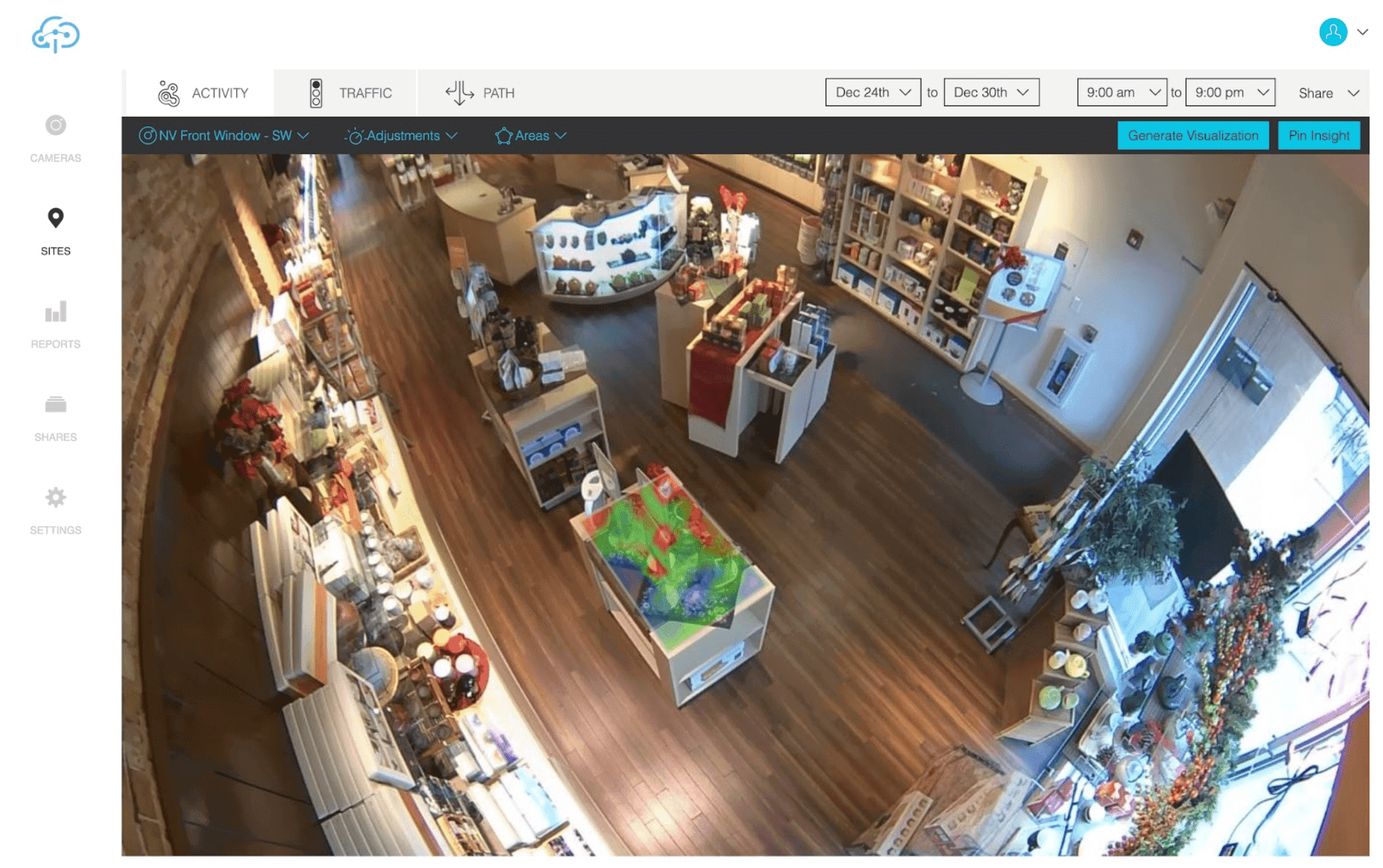
The sales funnel data at a regional level can be mapped to unique events such as easing of lockdown restrictions in a state that drove up sales thereby giving a realistic insight to help marketing teams make better decisions.
In summary, video analytics can be used by retail marketing teams to confidently make decisions and measure the impact of marketing campaigns with a high degree of accuracy.
5. Energize retail operations
E-commerce and analytics teams are obsessed with improving the efficiency of their operations and rely on data to guide them in their battle to cut costs and get customers to buy more.Online platforms, like Amazon, have the benefit of a technology-first approach to run their operations and they may have completely bypassed the challenges faced by traditional retail chains that may be relying on legacy software, network, and hardware infrastructure.
In addition to data collection challenges from legacy applications, ensuring customer data privacy, health and safety of customers as well as employees are high priority challenges for brick and mortar retail chains.
Retail video analytics can help level the playing field for retail chains looking to streamline operations and offer a better in-store customer experience. With video analytics, retail operations teams can get insights on key questions such as:
- What is the optimal staffing level by employee type by department and by day of the week or hour of the day?
- What trends can be seen in dwell times at the checkout counter and how does this align with staffing levels?
- Are the store displays and shelves stocked as per the merchandising guidelines?
- Are the store personnel complying with the safety and hygiene guidelines?
- Which products are out of stock and how quickly are they being refilled?
- What’s the average time taken by a store to locate and fix a potentially hazardous spill or debris on the aisle?
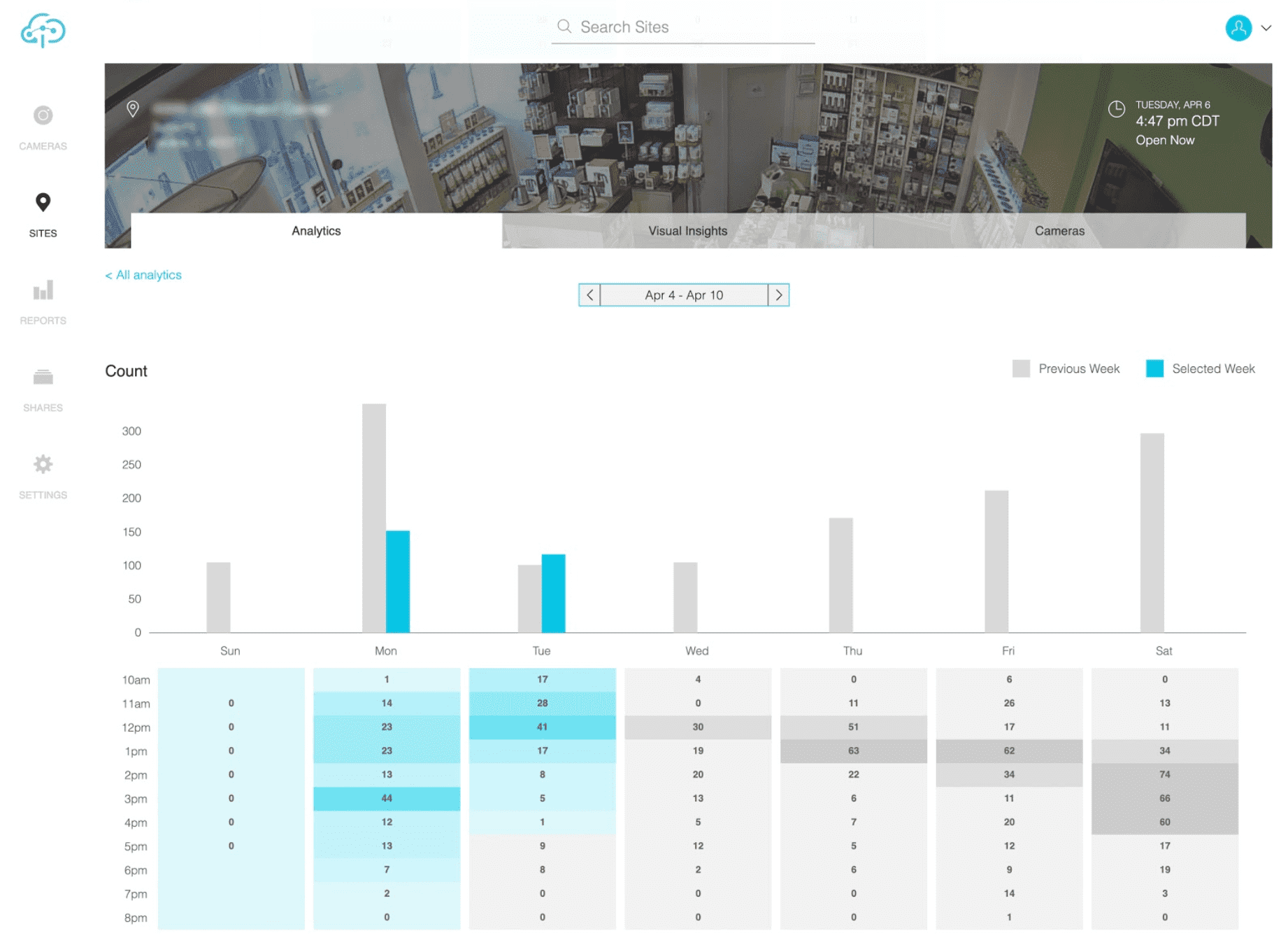
Sophisticated video analytics platforms can not only count people inside the store, but also detect if people are wearing a face mask, predict where customers may need help or when inventory is likely to run low, and create alerts when additional manpower may be needed at the checkout counters. All these capabilities can be “turned on” using the IT infrastructure that may already be available at the store.
Here are some of the ways retail operations can get a boost with video analytics:
- Eliminate or minimize the need for on-site store audits for merchandising or operations compliance using automated inspection and alerts for all points of interest within the store.
- Empower store teams to take localized decisions on merchandising improvements, product promotions or inventory management to align with customer demand or preferences.
- Trigger automated audio announcements when customers or employees are not wearing face masks or not observing social distancing inside the store.
- Finetune staffing schedules or change shift hours to completely align with predicted customer footfalls to optimize costs and improve customer experience.
- Automatically detect misplaced items on shelves and shelves that may be running out of products and alert store associates.
In summary, video analytics provides real-time operational awareness to store employees and gives traditional retail chains the ability to integrate data sources to gain actionable insights.
6. Streamline loss prevention and security
The concept of using video surveillance became popular among retail chains way back in the 1970s and ever since video cameras have been playing a key role in securing inventory, customers, and employees.
With the advent of “intelligent” digital cameras with edge processing capabilities and network video recording, video surveillance has become more autonomous and dependence on human monitoring has come down to assessing exceptions as opposed to continuous monitoring.
However, better cameras alone don’t guarantee a reduction in fraud or shrink. According to the 2020 National Retail Security Survey, retail loss prevention leaders felt in-store fraud has seen the most increase.

Retail video analytics can help loss prevention teams get more out of their limited manpower and budget by focusing on anomalies that indicate deviations from established protocols, internal shrink, shoplifting or fraudulent activities. With video analytics, loss prevention teams can gain a better understanding of these critical questions:
- Are store associates following store opening and closing protocols?
- Are employees handling cash movement following cash custody protocols?
- Are perishable items stored and handled as per the standards?
- Is a customer concealing an item in the backpack or hiding it under clothing?
- Are the refunds, coupons, and voided transactions legitimate?
- Is there a way to be alerted when banned individuals and customers with a history of shoplifting enter the store?
While video analytics can deliver insights in real time that’s usually not available with legacy data sources, the fusion of video data with POS systems, intrusion alarm systems, and access control systems can give loss prevention teams multidimensional information on specific events of interest. For example, a voided transaction recorded by a POS system can be mapped to a time-stamped video snippet to capture the event for validation.
Some of the video analytics software applications come with an integrated video management capability that allows loss prevention teams to quickly locate the video recording and securely share it via password-protected links with team members and law enforcement greatly reducing the time taken to investigate and gather evidence.
Here are some of the ways loss prevention teams can use video analytics to ramp up productivity and get more out of the camera network:
- Monitor customer activity and movement of high-value products by designating areas of interests or virtual tripwires
- Easily search and locate tagged video recordings by product category, transaction, employee, store location, date or time
- Automatically track the movement of employees in high-security areas of the store with the ability to validate access via the access control system
- Configure alerts for loitering, suspicious activity, shelf sweep attempts
- Detect sweethearting at the checkout counter by avoiding scanning the item, covering the barcode deliberately or by stacking one time on top of the other
- Detect instances of price-lookup abuse and directly bagging the item without using the bag weight scale at the self-checkout counters
- Cut down incidents of false alarms and avoid false alarm penalties by combining video data with alarm events
In summary, loss prevention teams can leverage retail video analytics to get more done even when operating with sub-optimal staffing levels with increased scrutiny on budgetary allocations. With security cameras playing a central role in uncovering operational insights for all departments, loss prevention teams can maximize ROI for the business.

